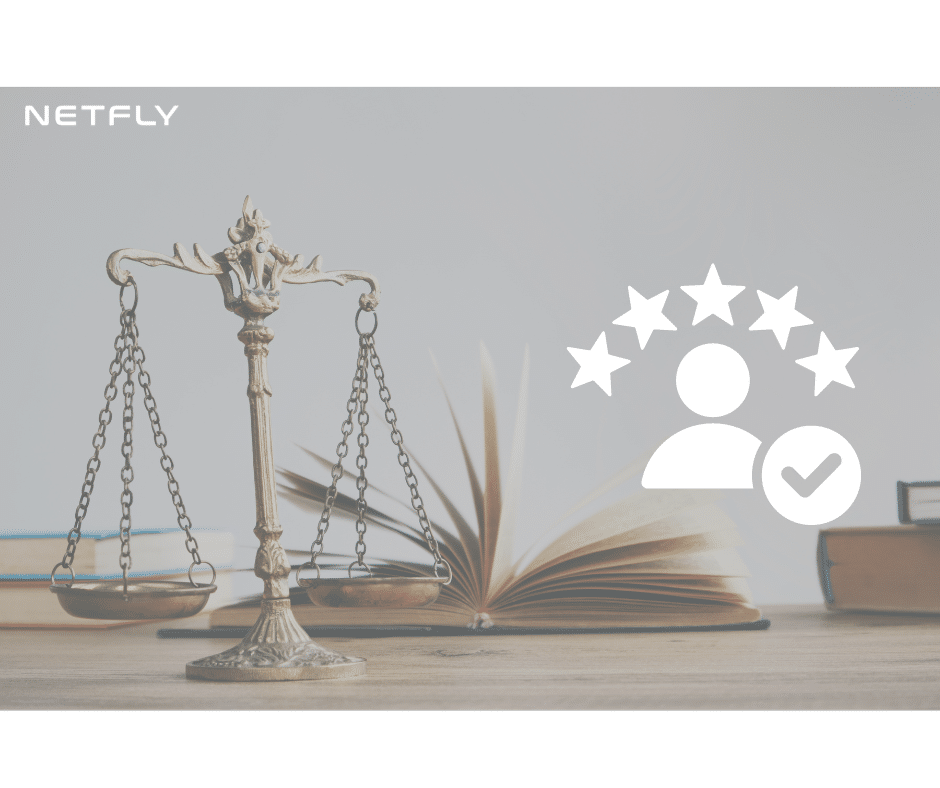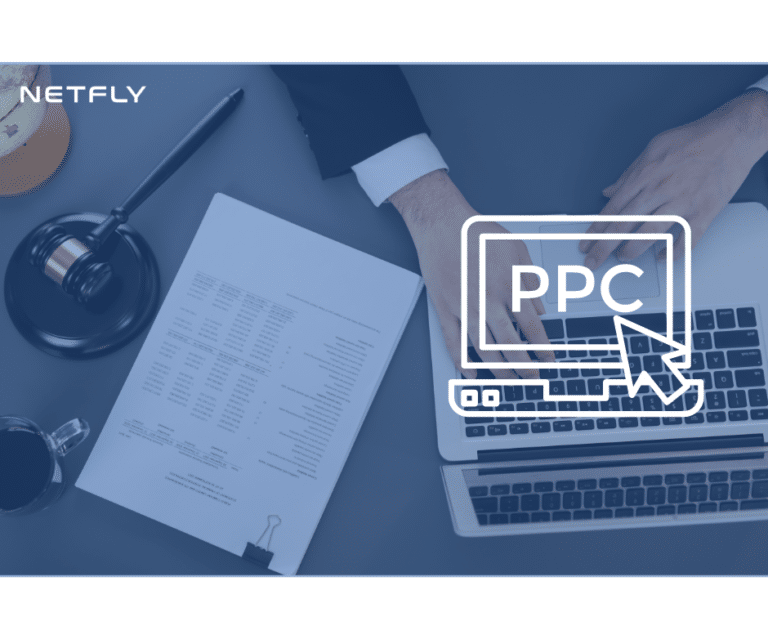Creating a compelling voice in the legal arena starts with understanding your unique value—what sets you apart and why clients should choose you. Differentiate yourself by tapping into your professional journey to define your niche. Craft a consistent message by aligning your core values with every piece of communication, ensuring your team echoes this unified tone. Leverage digital platforms to amplify your brand’s voice, using multimedia content to engage clients. Building trust is essential; transparency and consistent communication earn clients’ confidence. Measuring your brand’s impact through feedback and ROI keeps you responsive and credible. Discover more strategic insights ahead.
Key Takeaways
- Define your unique value proposition to differentiate from competitors and attract clients.
- Craft a consistent message that aligns with your core values to build trust and brand identity.
- Utilize digital platforms, including social media, to amplify your brand’s voice and engage with clients.
- Foster client trust through transparency, active listening, and delivering on promises.
- Regularly measure brand impact through client feedback and ROI analysis to adapt and enhance credibility.
Understanding Your Unique Value
In the competitive landscape of the legal arena, understanding your unique value is essential to establishing a compelling voice. You’re not just another attorney; you’re a distinctive blend of skills, experiences, and insights. Defining differentiation is vital in setting yourself apart from the competition. It’s about identifying what makes your approach to legal challenges unique and why clients should choose you over others. Dive deep into your professional journey—what specific experiences have shaped your expertise? Use these insights to carve out your niche.
Articulating expertise is the next step. It’s not enough to know your strengths; you must communicate them effectively. Consider not just your legal knowledge, but also the unique perspectives you bring to the table. Perhaps you’ve handled particularly complex cases, or you possess a rare combination of legal and industry-specific insights. Make these elements part of your narrative. This strategic articulation allows potential clients to see the tangible benefits of your services, building trust and establishing authority.
Crafting a Consistent Message
To truly resonate in the legal arena, crafting a consistent message is crucial to establishing a strong brand identity. When your message is consistent, it not only builds trust but also sets you apart, creating brand differentiation amidst a sea of competitors. Here’s how you can strategically achieve this:
- Clarify Your Core Values: Understand what your firm stands for and guarantee that every piece of communication reflects these values. This consistency reinforces your brand’s authenticity and reliability.
- Develop a Unified Tone: Whether it’s a client email or a courtroom presentation, maintaining a uniform tone is crucial. Your style should echo the professionalism and expertise that your audience expects from a legal entity.
- Align Visuals with Verbiage: Your logo, website, and marketing materials should visually communicate the same message you convey in words. This alignment strengthens the perception of message consistency.
- Train Your Team: Guarantee that everyone in your firm understands and communicates the same message. Regular training sessions can help embed your brand’s key messages into everyday interactions.
Leveraging Digital Platforms
Harnessing the power of digital platforms is vital for amplifying your brand’s voice in today’s legal landscape. By strategically utilizing these tools, you can effectively enhance your online presence and connect with potential clients. Social media is a powerful ally in this endeavor, offering a dynamic channel to showcase your expertise, share valuable insights, and engage with your audience. Platforms like LinkedIn, Twitter, and even Instagram are not just for networking; they’re your stage for thought leadership and brand differentiation.
To begin, tailor your content to address the unique concerns of your target audience. Use social media to share updates on legal trends, case studies, and expert opinions that resonate with your followers. Consistent posting and interaction signal reliability and expertise, vital components of a compelling brand. Don’t underestimate the value of multimedia; videos and infographics can turn complex legal concepts into digestible, engaging content.
Moreover, monitor your online presence closely. Reputation management is crucial in the legal field, where trust and credibility are paramount. Regularly engage with feedback, and adjust your strategy based on analytics to guarantee your digital voice remains both relevant and impactful. With the right approach, digital platforms can greatly elevate your brand’s standing in the legal arena.
Building Client Trust
While leveraging digital platforms can amplify your brand’s voice, building client trust is at the very core of sustaining long-term relationships in the legal arena. Trust building isn’t merely a buzzword; it’s the foundation of successful client relationships. Without trust, even the most compelling brand voice will struggle to resonate. So, how can you strategically foster trust in your practice?
- Transparency: Be upfront about your processes, fees, and expectations. Clients appreciate honesty, and openness is a key driver in strengthening trust.
- Consistency: Guarantee your message aligns across all platforms. Consistency in communication reassures clients and reinforces trust.
- Active Listening: Truly listen to your clients’ concerns and needs. This not only enhances client relationships but also demonstrates you value their input.
- Follow-through: Deliver on promises. Reliability is essential, and consistently meeting commitments solidifies trust.
Incorporating these strategies into your practice will not only enhance client relationships but also solidify your standing in the legal field. Remember, it’s not just about making a promise; it’s about keeping it. Building client trust is a strategic effort that pays dividends in client loyalty and referrals.
Measuring Brand Impact
A multitude of methods exist to gauge the success of your brand in the legal arena, but pinpointing the most effective ones can set you apart. You need to focus on the dual pillars of brand perception and ROI analysis. Start by evaluating brand perception through client feedback, online reviews, and social media sentiment. This qualitative data offers insights into how your brand is perceived and whether it aligns with the values and expertise you aim to project.
Simultaneously, a strategic ROI analysis is pivotal. Measure the financial returns from branding initiatives, tracking metrics like client acquisition costs and revenue growth tied to specific campaigns. This quantitative data paints a clear picture of what’s working and what needs adjustment.
Don’t overlook the synergy between perception and ROI. A stellar brand perception can drive higher returns, while strong ROI reinforces your brand’s credibility. Regularly revisit these metrics to adapt to market changes, ensuring your brand remains impactful and relevant. By honing in on these strategies, you’ll not only measure your brand’s impact but also enhance its presence in the competitive legal landscape. Remember, a compelling brand is both well-perceived and financially justified.
Frequently Asked Questions
How Does Branding Affect Client Perception in the Legal Field?
Branding shapes client perceptions greatly. When you’ve got a strong visual identity, it builds trust and fosters client loyalty. Clients associate your brand with reliability and expertise, strategically setting you apart in the competitive legal field.
What Role Does Storytelling Play in Legal Branding?
Imagine a law firm sharing a client’s journey from struggle to success. Storytelling’s narrative impact creates an emotional connection, boosting authenticity and credibility. Your strategic stories build trust, making your legal brand memorable and engaging for clients.
How Can Personal Branding Be Integrated Into a Law Firm’s Overall Brand Strategy?
To integrate personal branding into a law firm’s strategy, align individual strengths with brand consistency. Enhance your digital presence by showcasing expertise and personality, ensuring every team member reflects the firm’s values, creating a cohesive, compelling narrative.
How Do Ethical Considerations Influence Legal Branding Efforts?
In branding, your firm’s ethical compass is its North Star, guiding reputation management. Ignoring ethical implications can tarnish your image. Strategically align values and actions, ensuring your brand shines brightly in the legal constellation, attracting trust and respect.
What Are the Common Pitfalls to Avoid When Developing a Legal Brand?
When developing a legal brand, don’t overlook the importance of consistency. Avoid branding mistakes like unclear messaging or neglecting audience needs. Effective branding strategies require understanding your niche, maintaining integrity, and ensuring your brand resonates authentically with clients.
Conclusion
You’ve navigated the intricate paths of defining your unique value, crafting a consistent message, and harnessing digital platforms. But here’s the twist: the true magic lies in building unwavering client trust. Imagine the possibilities when your brand becomes synonymous with reliability and excellence. Will you seize this opportunity to measure and amplify your impact, or let it slip away? The choice is yours. Step into the world of branding brilliance and watch your legal legacy unfold.










